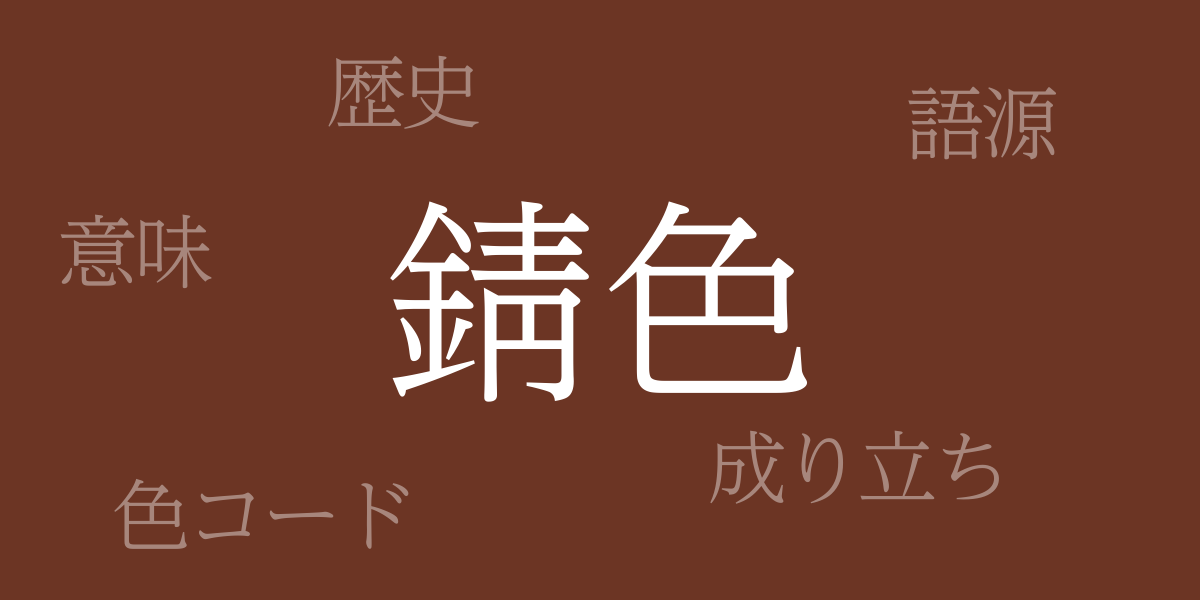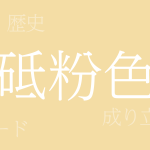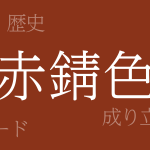Colors are a mirror to emotions and culture. Among Japan’s traditional colors, Rust Color (錆色 – さびいろ) combines depth and serenity, symbolizing Japanese aesthetics. This article delves into the allure of Rust Color, exploring its history, color codes, and international names, shedding light on how this unique hue has influenced culture and design.
About Rust Color (錆色 – さびいろ)
Rust Color, named after the hue of oxidized iron or ‘rust’ (錆 – さび), is a subdued reddish-brown. In ancient Japan, it was considered a premium dye used predominantly in the garments of nobility and samurai. Its depth and subtlety make it a valued color in modern fashion, interiors, and art.
The History of Rust Color
Rust Color dates back to the Heian period, making it one of the oldest colors used in Japanese garments. Initially derived from natural materials, the techniques and contexts for its use have evolved over the centuries. It was also employed in samurai armor and banners, symbolizing bravery and durability, thus holding a special significance for the Japanese.
Rust Color Codes
Accurate reproduction of Rust Color in digital design and printing requires precise color codes. Below are the codes for Rust Color:
- HEX: #6C3524
- RGB: R:108 G:53 B:36
- CMYK: C:55 M:83 Y:92 K:33
International Name for Rust Color
Rust Color is internationally known as ‘Rust’ or ‘Red Oxide.’ These names reflect the iron-like reddish-brown tones associated with oxidized metal, commonly used in interior design and art to share the concept of this color globally.
Summary on Rust Color
As a traditional Japanese color, Rust Color retains its beauty and historical value, continuing to enchant in the modern era. Knowing its color codes allows for accurate representation in digital and print mediums, enhancing understanding of ‘Rust’ or ‘Red Oxide’ in international communications. Rust Color bridges traditional Japanese aesthetics with modern design, ensuring its continued love and appreciation worldwide.

























